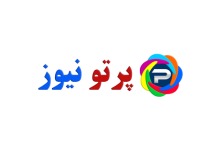What was the story of the blue change in the French flag?
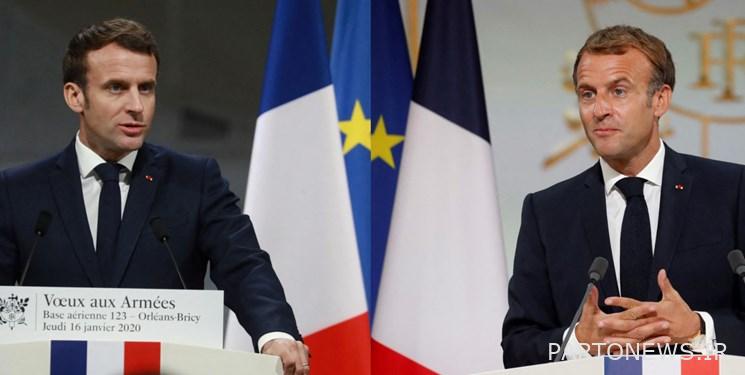
According to Fars News Agency’s International Group, the blue color of the French tricolor flag was changed so carefully that it was ignored for almost three years. But this change has been noticed in recent days and has caused a stir.
Light blue has been replaced by dark blue in the French red-white-blue tricolor flag that flies over the Elysee Palace (French Presidential Palace) and also stands behind Emmanuel Macron in press conferences and speeches.
The French presidency recently announced that it had restored the blue of the flag to the same color as before 1976. In 1976, according to the decision of the then President of France, Giscard d’Estaing, the blue color of the flag became lighter to match the blue color of the European Union flag.
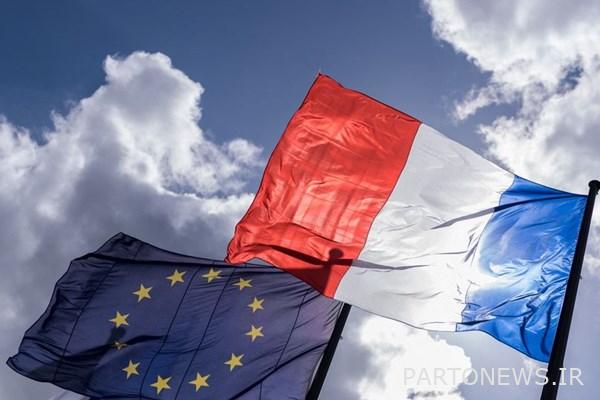
The Presidential Palace has announced that the President (Emmanuel Macron) will use naval blue for the tricolor flags that adorn the Elysee Palace (a color derived from the blue color of the British Royal Navy, which was later used by other countries’ navies). has chosen.
The purpose of changing the color of the French flag?
The change was confirmed after French media outlets, including Radio Europe 1 and the Parisian newspaper, raised the issue.
Regarding the purpose of the change, a French official said: “The blue color evokes the memory of the heroes who fought in the French Revolution, the strongholds of World War I and during World War II.” This color is also more beautiful.
Media attention was drawn to the issue, however, when two journalists revealed the change in the Elysée Confidential in the book “Elysées Confidential” published this fall, quoting Arnaud Julens, the Elysee Palace chief of operations.
According to the book, the president proposed two influential advisers to the Elysee Palace, one of whom was Julens. In an interview with the book’s authors, Julens said he met with Macron in his office on the eve of French National Day in July 2020 and hoisted two flags in different colors of blue. According to the book, Macron smiles in response and says, “Tomorrow I will change the flags of all the presidential buildings.”
According to the French official, the cost of this change It was symbolic of € 5,000, affecting only the flags displayed on the Elysee, and other locations, from government ministries to town halls and schools, were not required to change their flags.
According to the book, the Elysee official continued his conversation with Macron: “Giscard had changed this blue color for aesthetic reasons as he approached Europe, but the flag that all the presidents have been flying around since then (the Elysee Palace) is the real flag.” It was not France.
He also says that the flag displayed in the Arc de Triomphe in Paris has always been crimson.
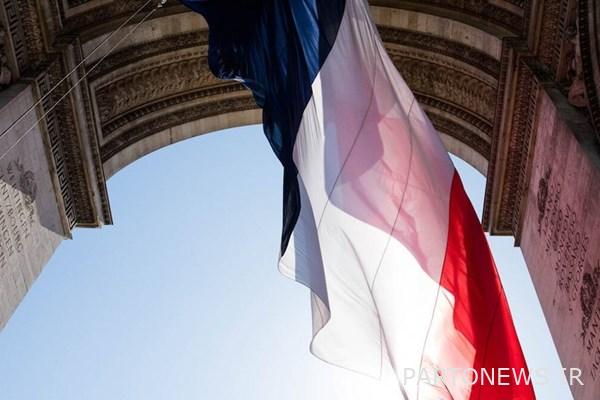
But according to Euronews, the flag with the new color had appeared in the Elysee before this date, and since Macron’s televised speech on December 31, 2018, the new flag has been behind him in his speeches.
Comments on Macron’s controversial action
According to media reports, there has been controversy over Macron’s move, with some saying the new color is ugly and in contrast to the EU flag, while others are nostalgic for the pre-1976 version.
Although some have interpreted the Paris move as anti-Brussels, there is an insistence that the change in the color of the French flag should not be interpreted as an anti-EU move. People around the French president say that there is no question of distancing oneself from the European Union.
France is set to take over the presidency of the European Union under Macron on January 1, 2022. He also plans to run for president next April.
Macron’s popularity has been declining in recent years, especially over the past year, following nationwide protests such as the “Yellow Vest” protests.
According to a poll by the French Institute of Public Opinion, the president’s popularity fell to 38% in December 2020, and about 60% of French people were dissatisfied with his performance.
In late June and July, two rounds of French regional elections also saw a humiliating defeat for the moderate Anne-Marche party led by Emmanuel Macron.
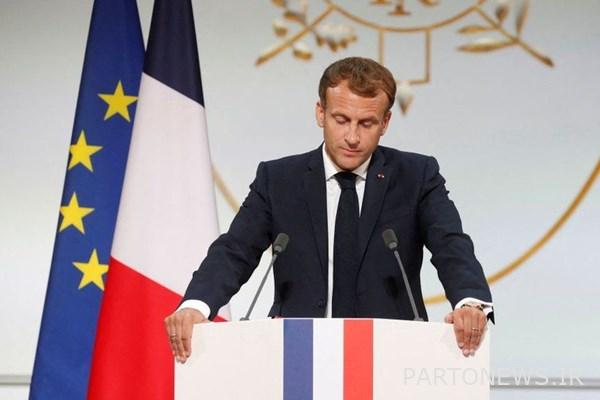
Macron’s party, which was running in the regional elections for the first time because it did not run in the previous round of elections in 2015, was unable to establish any local or regional base and barely won seven percent of the vote. Meanwhile, several Macron cabinet ministers announced their support for the election, and he himself took part in a nationwide campaign tour.
The result for Macron was catastrophic for a ruling party and presented him with a bleak future for the 2022 elections.
End of message /
You can edit this post
Suggest this for the front page
.
